Ampoule
Ampoule
Ampoule
An ampoule is a small sealed vial used to contain and preserve a sample, usually a liquid. In the context of packaging, ampoules are often made of glass or plastic. They are used to store pharmaceuticals, chemicals, and other sensitive substances.
Design and Material
Ampoules are typically made from glass, which can be clear or colored to protect the contents from light. Plastic ampoules are also common and offer the advantage of being less fragile. The design ensures that the contents remain sterile and uncontaminated until use.
Sealing Process
The sealing process is crucial for maintaining the integrity of the contents. Ampoules are usually sealed by melting the thin top of the vial. This creates an airtight seal that prevents contamination and extends the shelf life of the product.
Applications
Ampoules are widely used in the pharmaceutical industry to package injectable drugs. They are also used in laboratories for storing samples and reagents. Their ability to maintain sterility makes them ideal for these applications.
Advantages
One of the main advantages of using ampoules is their ability to keep contents sterile. They are also tamper-evident, meaning any attempt to open them is noticeable. This makes them a secure option for packaging sensitive substances.
Disadvantages
Despite their benefits, ampoules have some drawbacks. Glass ampoules can break easily, posing a risk of injury and contamination. Plastic ampoules, while more durable, may not offer the same level of protection against certain chemicals.
Blog Posts with the term: Ampoule
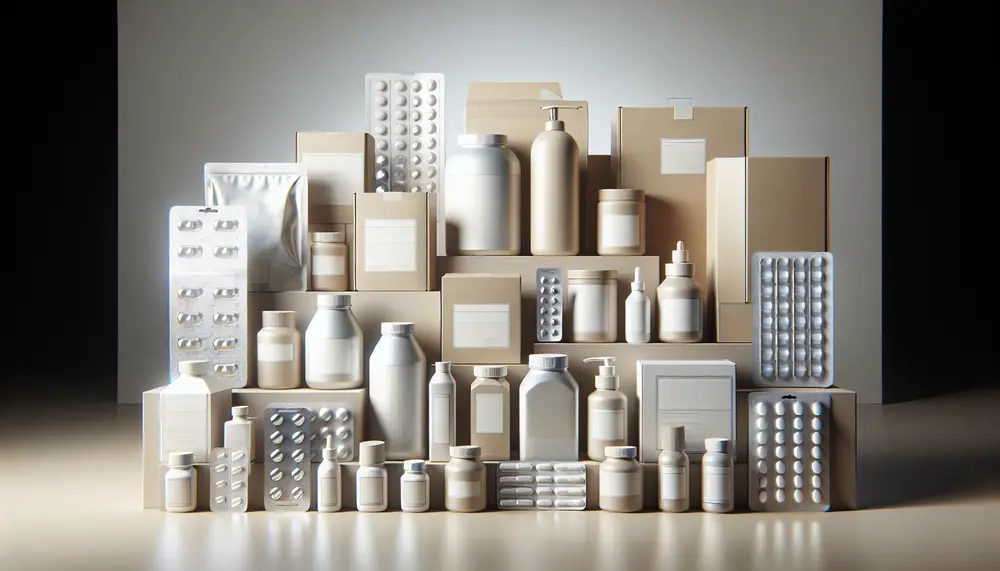
Pharmaceutical packaging and design are essential for ensuring medication safety, efficacy, and patient compliance. Effective packaging involves understanding regulatory requirements, material science, and user needs while providing protection, information, identification, convenience, and adherence to treatment plans; it must also comply...
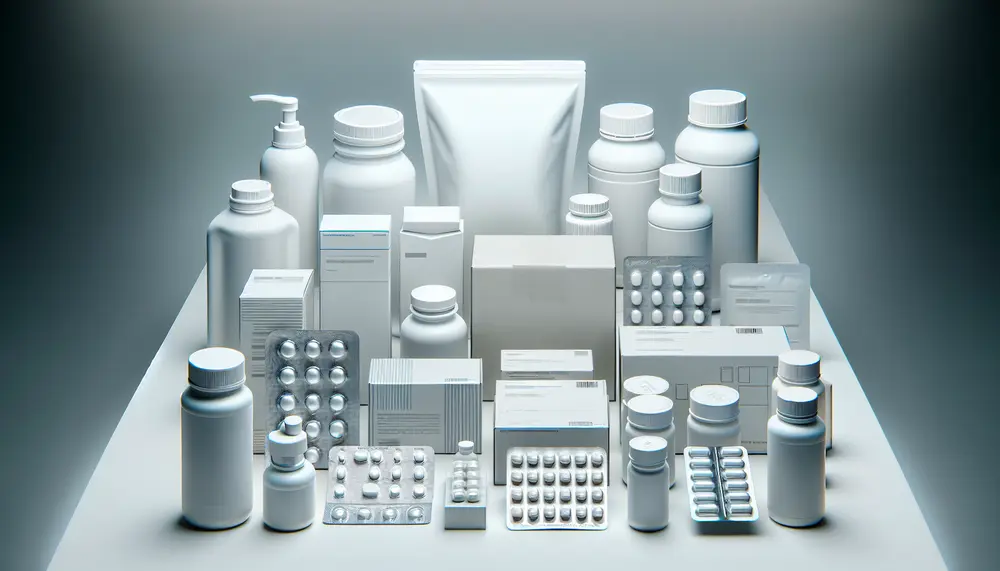
Pharmaceutical packaging is essential for protecting medications from contamination and degradation, providing critical information through labeling, ensuring regulatory compliance, and enhancing user experience with features like child-resistant caps. While it offers benefits such as safe transportation and storage, challenges include...
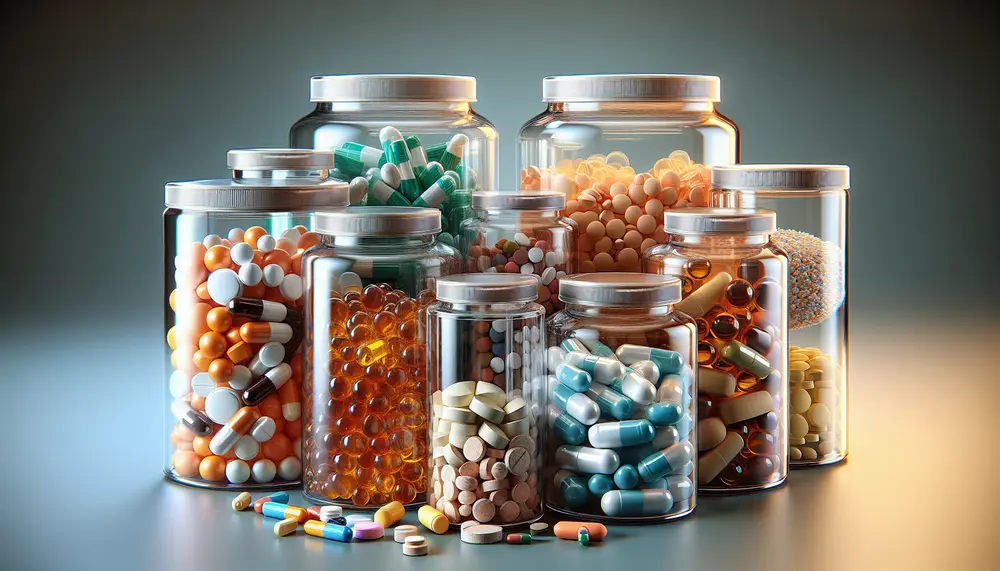
Glass is the preferred material for pharmaceutical packaging due to its chemical inertness, excellent barrier properties against gases and moisture, non-porous surface, recyclability, aesthetic appeal, temperature resistance, and light protection capabilities. These attributes ensure that medications remain pure, stable, effective...
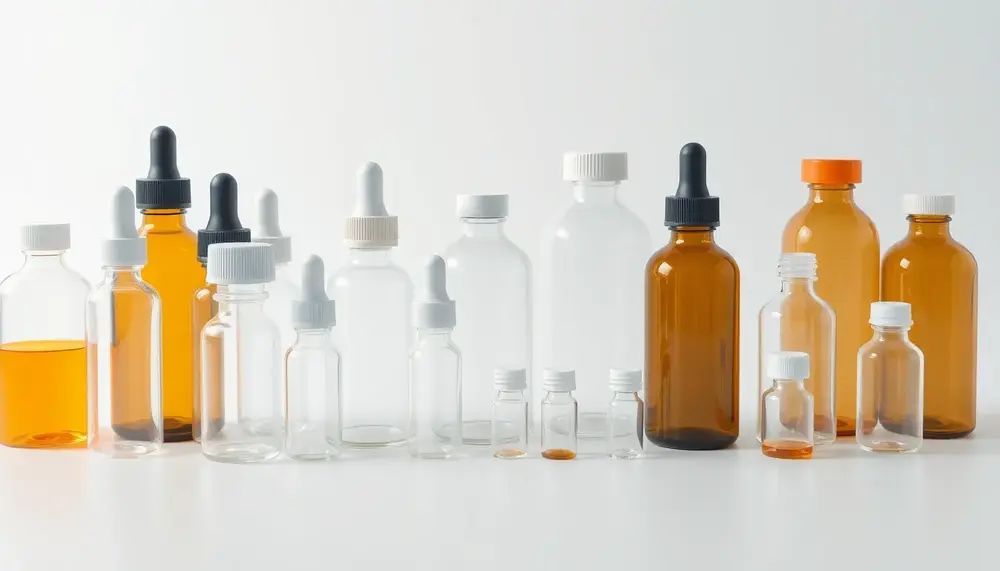
Pharmaceutical packaging bottles are designed to protect, preserve, and deliver medications effectively while ensuring safety, regulatory compliance, and user convenience. Key considerations include material compatibility, barrier properties, child-resistant features, sterility assurance, sustainability efforts like bio-based plastics or glass alternatives for...
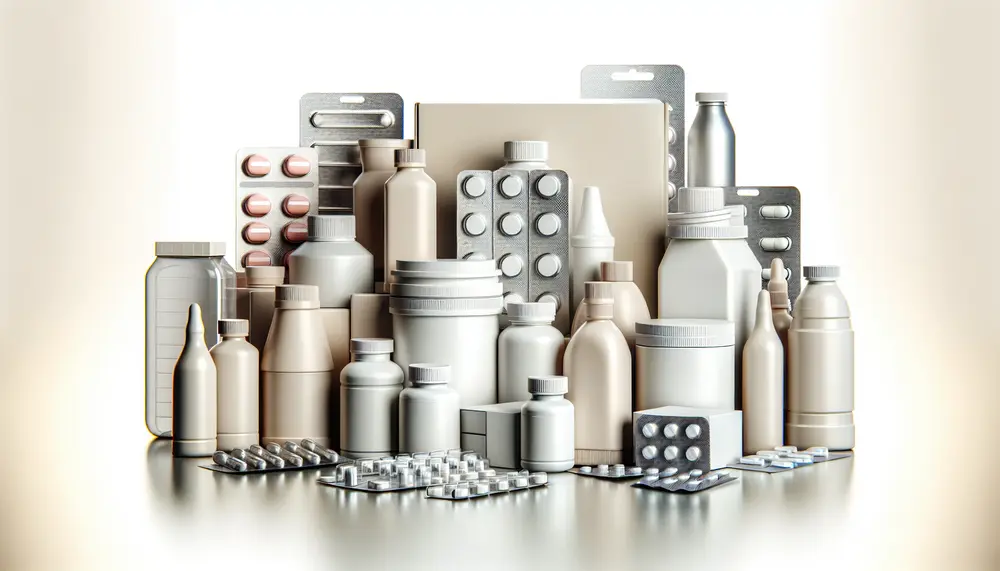
Understanding and selecting the right pharmaceutical packaging materials is essential for maintaining drug safety, efficacy, and integrity. These materials must protect against environmental factors like moisture and light while ensuring compatibility with the drugs they contain; innovations in this field...
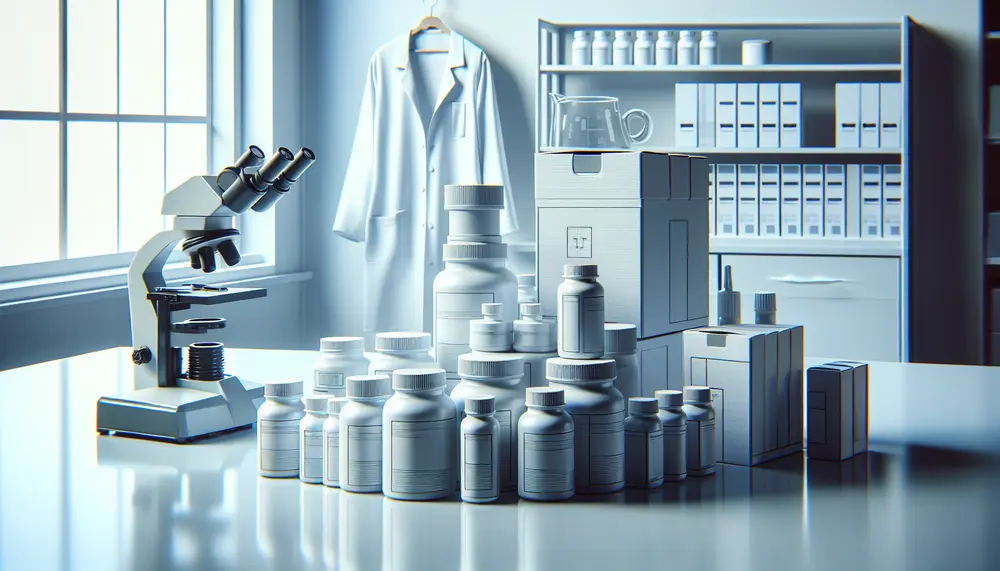
Pharmaceutical packaging work involves designing, producing, and evaluating containers for medications to ensure safety and efficiency in delivery while maintaining product integrity through considerations like barrier protection and regulatory compliance. This field faces challenges such as material compatibility, regulatory adherence,...
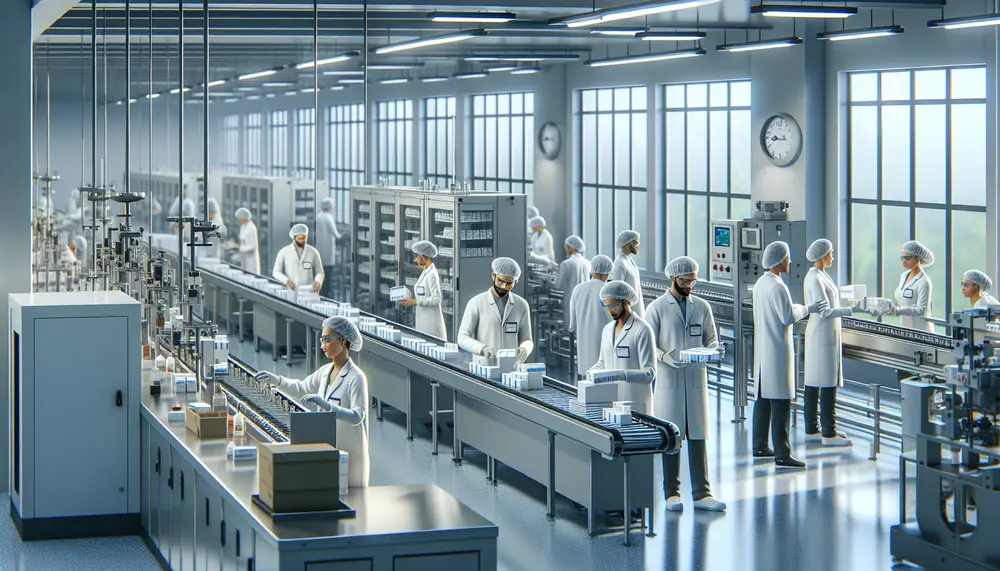
The pharmaceutical packaging industry in India is crucial for global healthcare, focusing on safe drug distribution and innovative solutions like tamper-evident features while adapting to market needs with sustainable practices. The sector is experiencing robust growth, driven by innovations, health...
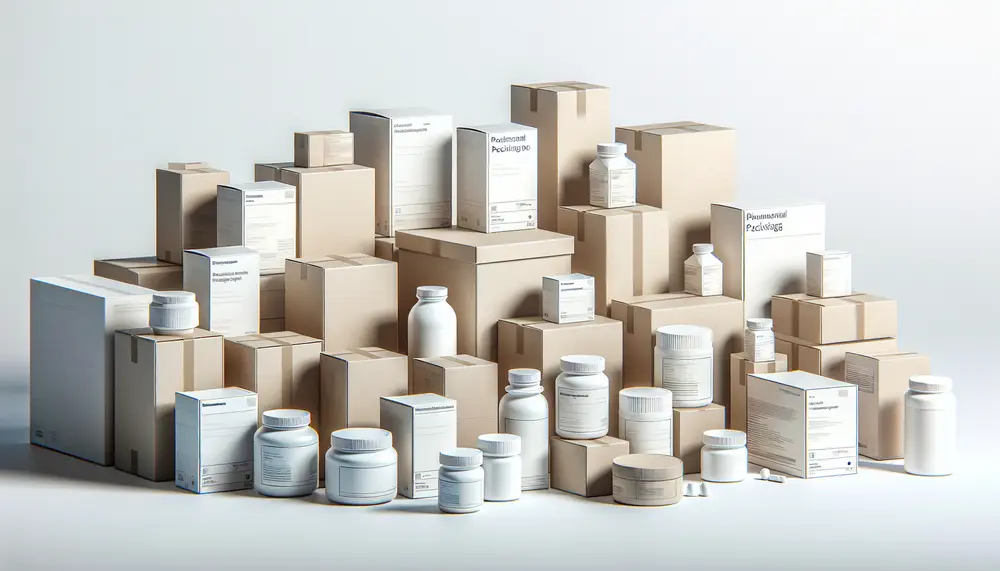
Pharmaceutical packaging boxes are crucial for maintaining the safety, efficacy, and integrity of medications by protecting them from external factors like moisture and contamination, while also providing essential information to healthcare providers and patients. The selection process involves considering material...

Pharmaceutical packaging is crucial for drug integrity and safety, balancing protection with patient convenience and regulatory compliance. Various materials like glass, plastics, aluminum foil, and biodegradable options are used to meet diverse needs in preserving quality while ensuring sustainability....
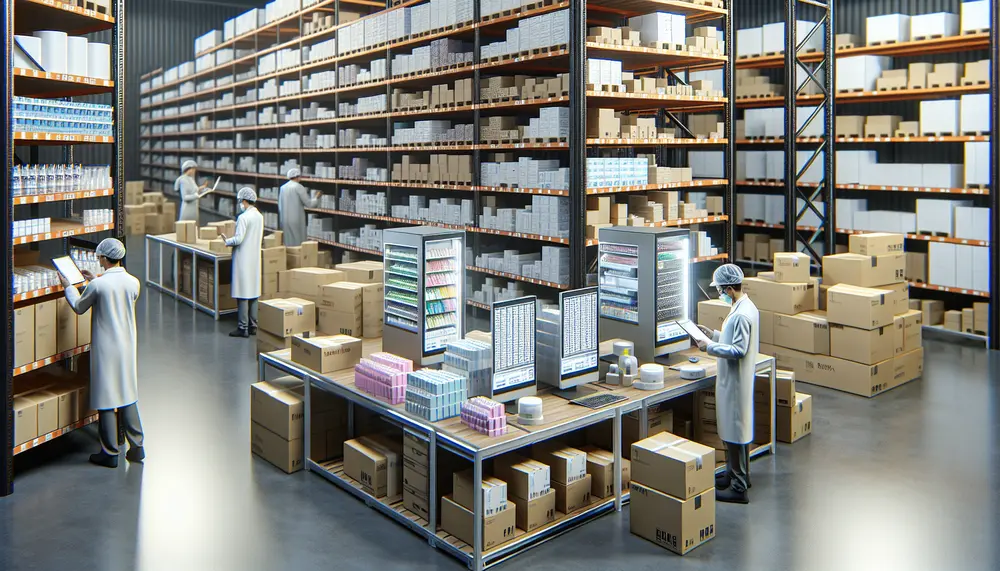
Starting a pharmaceutical packaging business involves understanding market demands, regulatory requirements, and sustainability trends. A comprehensive business plan covering executive summary, company description, market analysis, organizational structure, products/services offered, marketing strategy, financial projections, and risk mitigation is essential for securing...
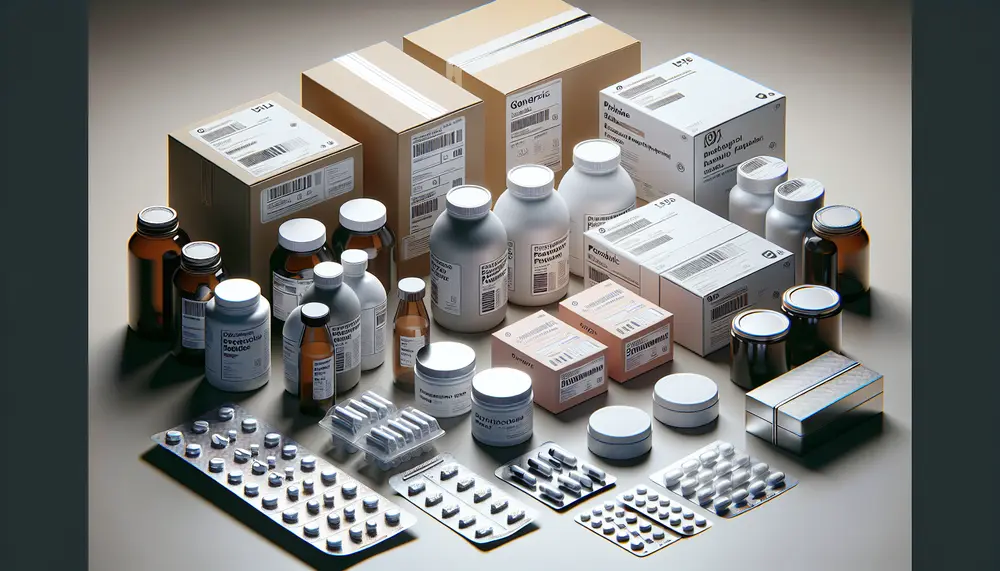
Pharmaceutical packaging is crucial for maintaining the safety, efficacy, and integrity of medications by protecting them from external factors like moisture and light, enhancing patient compliance with user-friendly designs such as dosing calendars, and extending product shelf life. Various types...
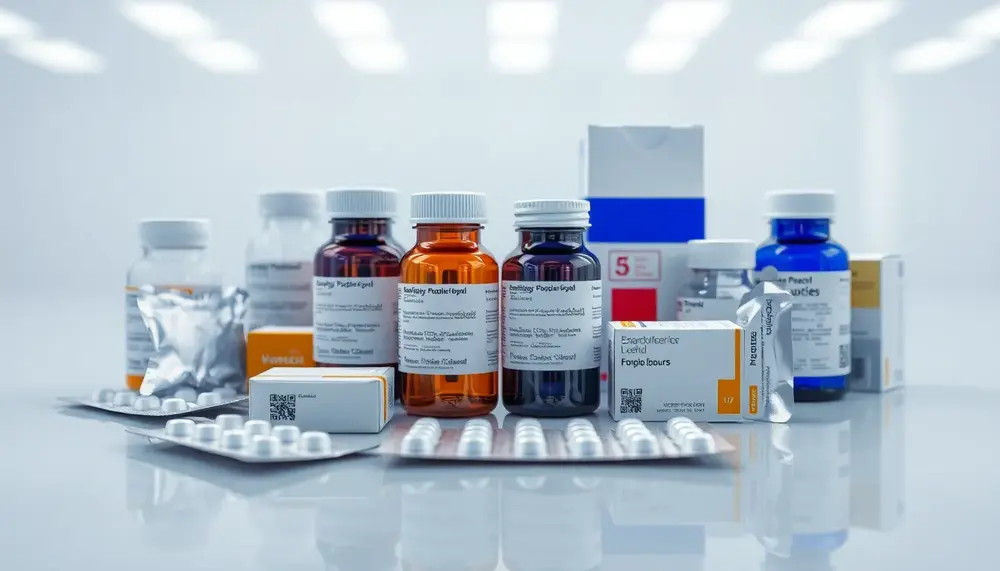
Pharma-grade packaging is a meticulously designed system that ensures the safety, stability, and usability of medications by protecting them from environmental factors, contamination, and degradation while meeting strict regulatory standards. It incorporates advanced materials, user-friendly features like tamper-evident seals, and...
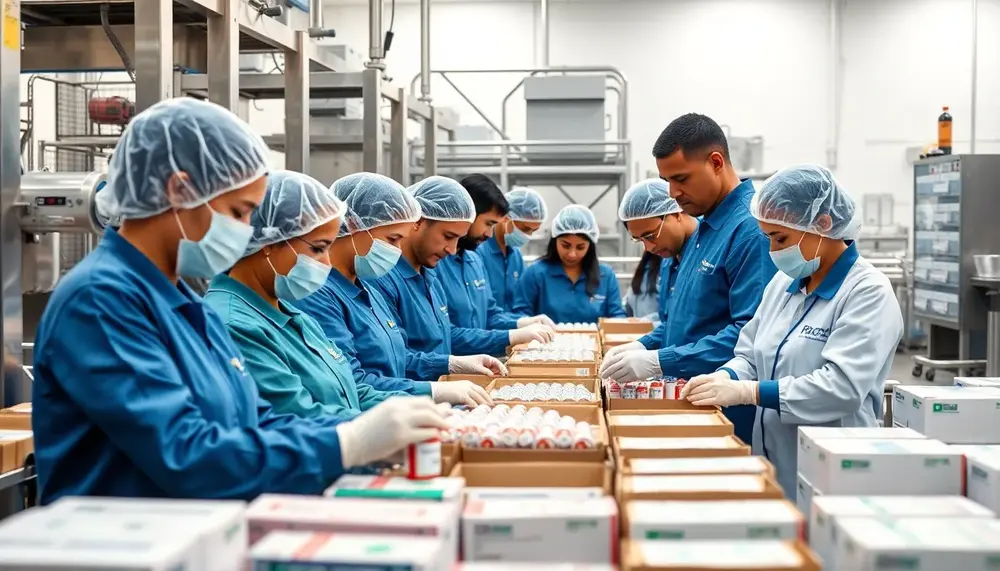
Pharmaceutical packaging operators ensure product integrity and patient safety by managing complex machinery, maintaining strict documentation, troubleshooting issues, and collaborating with quality teams. The role demands adaptability, attention to detail, strong communication skills, compliance focus, and resilience in a fast-paced...

The pharmaceutical packaging quiz helps you identify knowledge gaps, benchmark your skills, and receive actionable feedback to improve in key industry areas. It covers material identification, regulatory compliance, quality assurance, innovation, sustainability, and practical problem-solving with real-world scenarios....
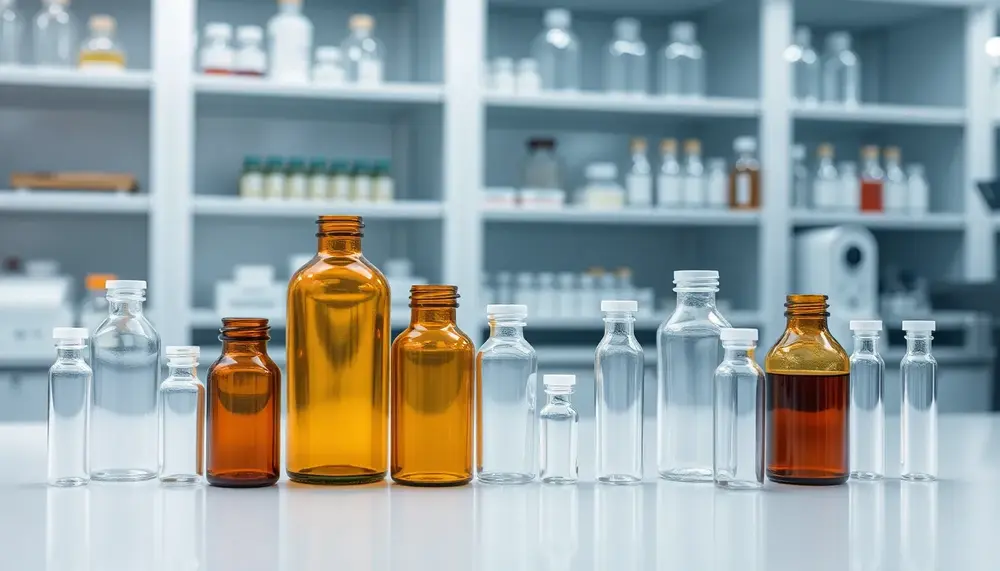
The pharmaceutical glass packaging market is rapidly growing, driven by innovation, regulatory demands, and rising needs for sterility, traceability, and specialized solutions. North America leads global expansion with advanced infrastructure and proactive regulation; segmentation into bottles, vials, ampoules, cartridges, and...
